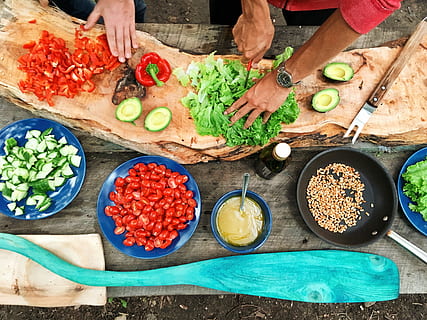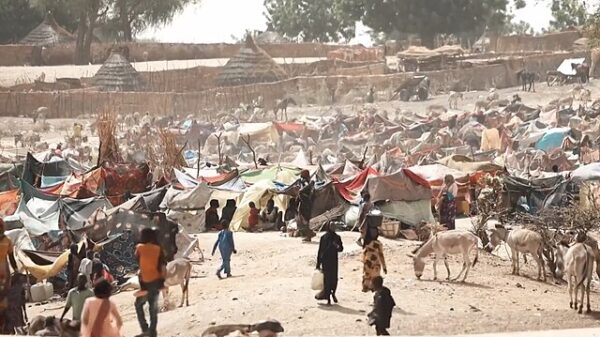Roar writer Jess Smith reviews Samin Nosrat’s Salt Fat Acid Heat, a docu-series that showcases different types of cuisines around the world.
Like many of us, I feel as though I have exhausted Netflix’s catalogue during lockdown. I’ve unfortunately discovered that there are only so many times you can watch reruns of Friends or Brooklyn Nine Nine before you become hungry for something new.Â
While discussing my new found streaming ennui, a friend recommended that I give Samin Nosrat’s Salt Fat Acid Heat a watch, as she had really enjoyed it. I was skeptical. In the past, I tended to avoid cooking shows. Like Masterchef, they’re either a bit too stressful, or not interesting enough. I soon found, however, that Nosrat’s work does not subscribe to the typical ‘cooking show’ format. Based on the book of the same name, the docu-series comprises four episodes, in which Nosrat travels around the world discovering how different cultures use each of the titular elements in their cooking.Â
Food Basics
Breaking down the world of food into these four simple elements gives Nosrat’s work this magical ability to maintain relevance. Her character is effervescent; you can tell Nosrat has a youthful desire to learn about cooking and culture, as well as an inclination to form meaningful connections with the people she meets. It is this curiosity that is the driving force behind her work.
On her journey, Nosrat listens and learns alongside the viewer, from the experts of the foodstuff she is investigating. Perhaps my favourite segment is in the Acid episode, where Nosrat meets beekeepers in the Yucután state of Mexico. They farm a particular honey only found in the region, called Melipona. I, for one, had no idea that honey could even be considered an acid. It’s these small takeaways that make Salt Fat Acid Heat special in my opinion.Â
Despite the great geographical lengths Nosrat has gone to, and how seemingly far removed this food is from my humble British kitchen, I have been able to take away notes on the four elements that I can apply to my own cooking. In the Salt episode, Nosrat discusses how diverse an effect of different kinds of salts can have on a dish, and how the application of such can be transformative. Nosrat’s work is grounded in reality – an idea she returns to throughout the series is ‘the best way to know if something is right, is to taste it’. I think this is something a lot of professional chefs skip over – there truly is no substitute for tasting as you go along.Â
Home and Away
Seeing Nosrat travel the world while we are stuck inside provides much comfort. The stunning visuals of the places featured in the series are not lost on the viewer. Particularly in the Fat episode, the overhead shots of Liguria, Italy are magnificent, and help the viewer to understand the innate connection between the geographic and the culinary, as well as reinforcing human connection. The setting of a small town makes Nosrat’s lesson on pesto from an Italian Nonna somehow more wholesome.Â
That’s the great thing about Salt Fat Acid Heat; the message of Nosrat’s work is to share the joy of cooking, and this is apparent throughout. In the last episode Heat, Nosrat learns to cook Tahdig, a Persian rice dish, from her Mother. They film this in Nosrat’s home. Reducing the art of cooking to what it looks like for the audience – in a home kitchen, with family – makes this wonderfully accessible to those for whom cooking was perhaps an uncharted or unnerving realm. Even for the seasoned chefs among us, the show serves as a reminder of the simplicity of cooking.
With each element that is explored on Salt Fat Acid Heat, Nosrat invites us to travel through our taste buds, so that even if we are stuck inside for now, our food will still know no limit.
















